Anyone who has discovered the best of Tenerife’s walking trails owes a great deal to the feet that, for centuries, trod paths across the island in their quest for survival.
The first feet to tread Tenerife’s mountains, valleys and coasts belonged to the Guanche, the earliest known inhabitants of the island. A primitive race whose lives had changed little since their arrival on the island in around 1000BC, the Guanche were pastoral, living in caves and moving their herds from lower to upper lands to access grazing grounds. It’s thanks to the Guanche that many of the trails in the Anaga Mountains were first carved out by feet and hooves as they travelled from barranco to coast with their animals.
Given the rugged nature of Tenerife’s terrain, many of the roads that today form walking trails began life simply as caminos vecinales ( farm roads), the paths that crossed private farmland, and caminos de herradura (bridle paths), wide enough just for single file horses or mules. Some roads even began as routes to burial and were known as Caminos de los muertos (Roads of the Dead), like the path from Taborno, through Afur to Taganana which was used to carry bodies to the cemetery at Taganana. Today all these paths tend to get lumped under the general name of caminos reales.
With the Spanish conquest of Tenerife in 1496 came trade and the need to construct roads and pathways from villages to the coast and from north to south. Building on the paths created by the Guanche and initially owned by the Spanish Crown, the highways were known as Caminos Reales (Royal Roads) and were constructed across the island to improve communications between villages and towns and to allow easier passage of carts and animals. Far from being exclusive to Tenerife, caminos reales are to be found all over the Canary Islands, across the Iberian peninsular and in the Spanish Colonies, wherever the Spanish Crown decided that roads were needed.
The Crown decreed that the roads were to be the width of a ‘toledo‘ rope (about 7 metres), be protected with fences on both sides and when traversing hills and barrancos should be zigzagged to enable easier navigation. These arterial roads formed the main highways for merchants to carry goods to market or to exchange with neighbouring villages and to the coast for export. Expensive to construct and maintain, the care of the major caminos reales was entrusted to the municipalities they traversed whereas the smaller roads were left to the care of the community. As a result, many of the smaller roads quickly fell into disrepair, stone walls remained collapsed and weeds grew between cobbles.
Recognising the value of maintaining this important cultural heritage, municipalities all over Tenerife have invested time and money repairing and opening up many of the old caminos reales for walkers to enjoy. These historic highways form part of many of our Island Walks, their ancient cobbles and stones now supporting lightweight hiking boots and hi-tec trainers where once only bare feet trod.
Camino Real images, from top:
El Palmar to Teno Alto – one of the West World Island Walks routes
San Juan de la Rambla to Las Aguas – one of the Captivating Coastline routes
Garachico to San Juan del Reparo – one of the West World Island Walks routes
San Miguel to La Centinela – one of the Old South Island Walks routes
Valle de Arriba – one of the Into The Valley Island Walks routes

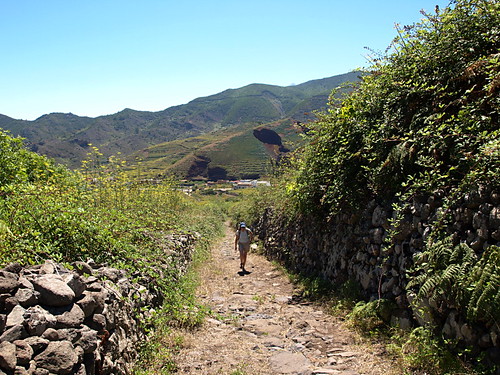

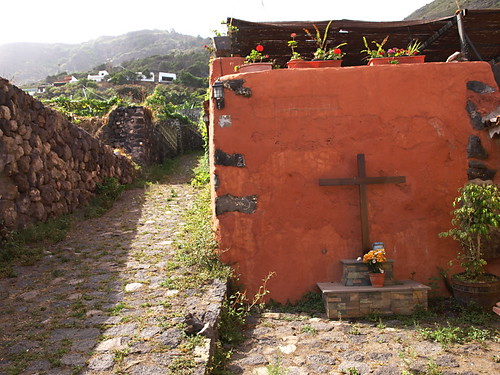
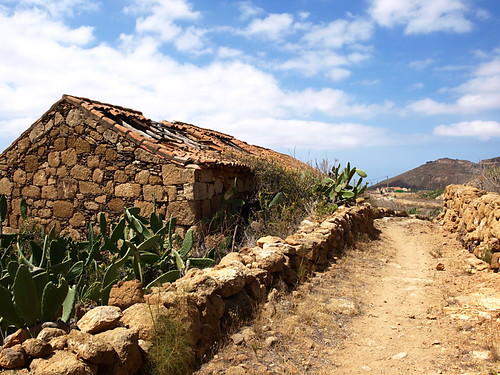


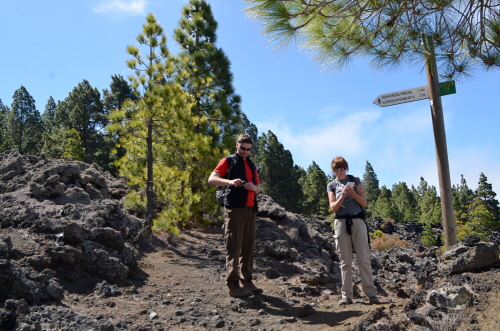
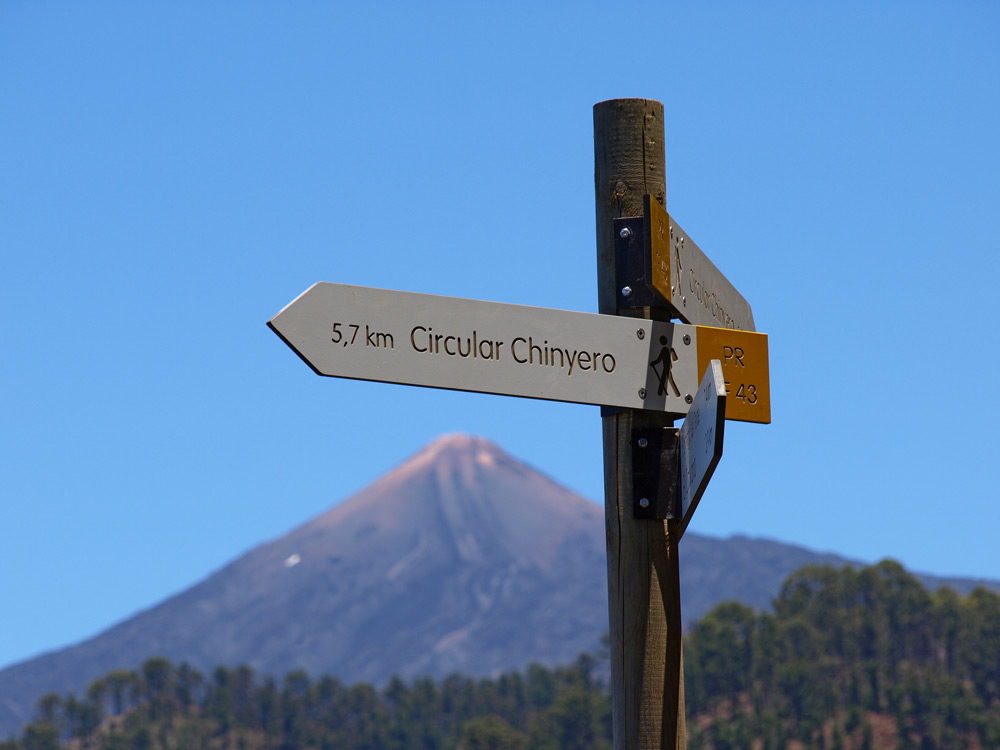
Be the first to comment